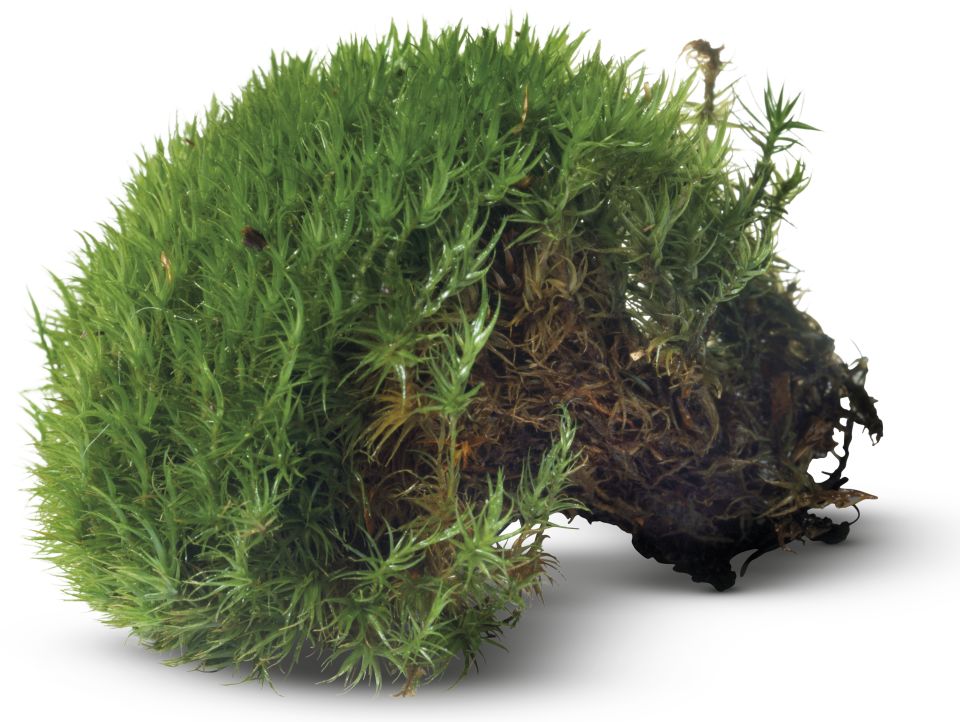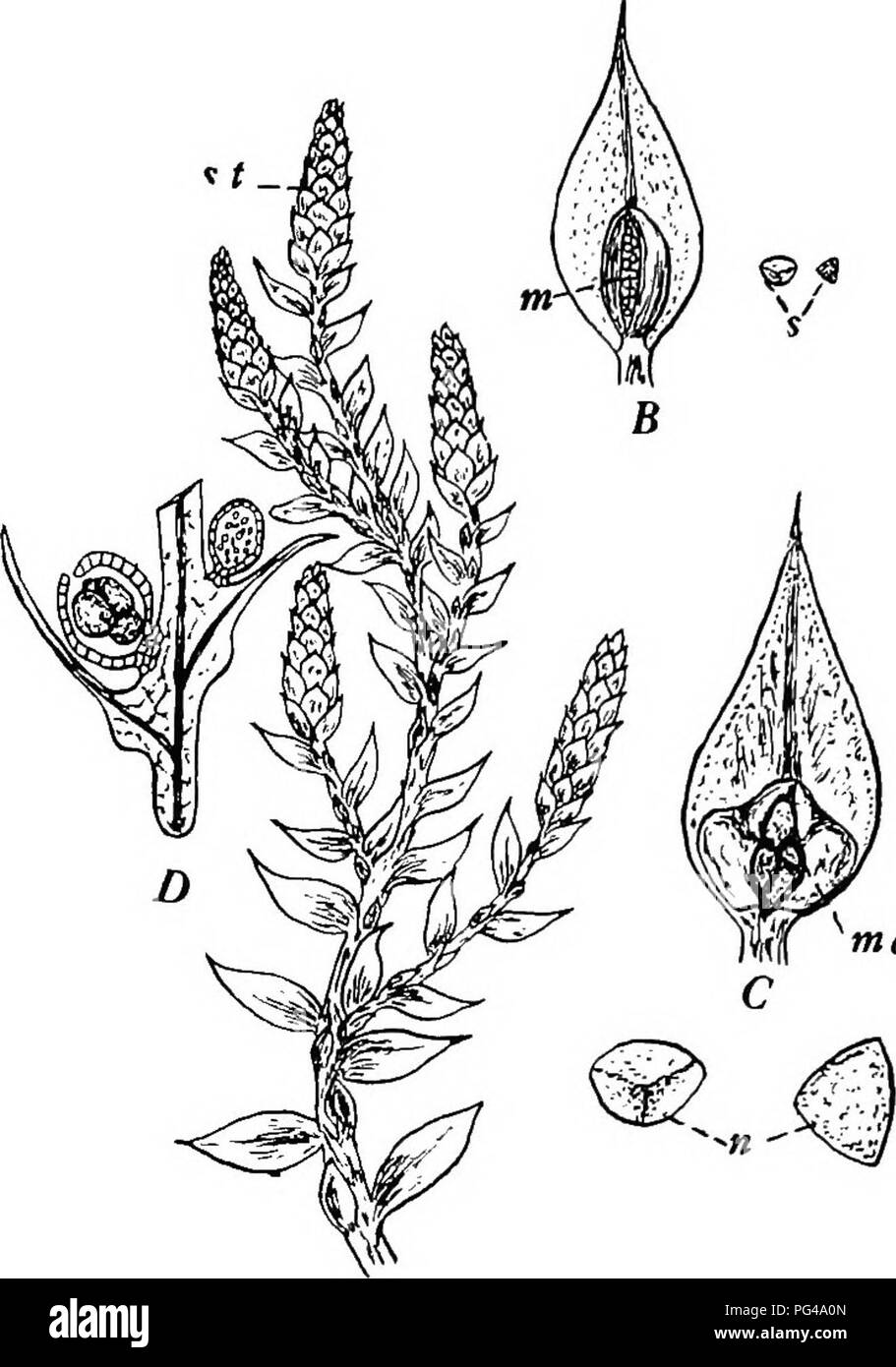

An easy way to remember the difference is that angiosperms are flowering plants like daisies, cactus, roses, tomatoes, orchids, and mint – all plants that fruit. Gymnosperms are different from angiosperms in that the latter produces seeds that are enclosed within an ovule. The female gametophyte is on exposed bracts of the female cone and is not enclosed in an ovary. The seed of a gymnosperm develops on the surface of leaves or scales and are often modified into cones. Gymnos, meaning “naked” and sperma being “seed” connects the etymology of the word directly to its specific style of seed production – unenclosed and exposed for pollination. The origin of the term gymnosperm is greek. It’s a big word for plants you are most likely already familiar with, including conifers, ginkgo, cycads, gnetophytes. Another term for gymnosperm, though less frequently used, is acrogymnospermae. The seeds of a gymnosperm are open to the air and are directly fertilized by pollination. Mushrooms and toadstools that grow by spores, on the other hand, are not classified as plants.Gymnosperms are a group of plants that produce seeds that are not contained within either the fruit or the ovary of a plant. Non-flowering plants do not all propagate by spores. The foundation of genetic variation and life is sexual reproduction. It could take two years or over, but when the cones are ripe, they open up, revealing the bare seeds. The seeds thrive within the fully shut female cones after fertilization until they are ripe. The pollen is transported by wind to the female cone, where the male gametophyte forms and shoots out a pollen tube to approach the female gametophyte’s egg cell. The male gametophyte is the source of the pollen. The microspore and megaspore, however, are where male and female gametophytes grow. Male cones have microspores, which create pollen, whereas female cones contain ovules, which make megaspores. The sporophytes are the coniferous plants we observe. Unlike cycads, male and female cones grow on distinct branches on the very same plant.
:max_bytes(150000):strip_icc()/fern_sporangia-56b8f28d3df78c0b136799b2.jpg)
Spores are frequently created through a process known as sporogenesis, which simply means “spore creation,” and is performed via mitosis, or cellular reproduction. The organism then delivers the spores into the environment, where they can grow and flourish. Spores are an asexual type of reproduction they are formed without the requirement for a plant or fungus to reproduce with some other plant or fungus. Consider them seeds: they are designed to develop a new plant and everything they require to thrive in the right atmosphere. While fungi, algae, and even certain bacteria seek to pass on their DNA, they create spores. Spores are seen in those plants that do not develop well after the reproduction process. Spores are the biological component of ‘lower plants’ that do not mature. These spores are latent and function as a barrier between bacteria and harsh atmospheric conditions.

Spores are generated in bacteria as well, although bacterial spores are rarely used for reproduction. Spores are used by organisms to reproduce asexually. In contrast to zygotes in sexual reproduction, spores need not merge in order to reproduce. They are usually single-celled organisms with the capability to handle new ones. Vegetation, algae, and other microscopic creatures, as well as fungi, use spores as reproductive cells. In this blog post, we’ll look at how spores are formed and some examples of plants that reproduce using spores. The presence of seeds is the most significant distinction between the methods of reproduction approaches. This, too, is dependent on the structure and characteristics of the plant in consideration. They can reproduce through either sexual or asexual techniques. Plant reproduction is the process of creating a new plant from an existing one. These characteristics also influence how they reproduce. This is due to their different structure and set of characteristics. Only the oldest living species were involved in this process. It is vital to keep the races of many species going.

Regardless of which kingdom they are a part of. This biological concept applies to all living things on the planet. It’s an important thing that determines the presence of life on the planet. The mechanism of giving birth to a new creature from an existent organism is known as reproduction.


 0 kommentar(er)
0 kommentar(er)
